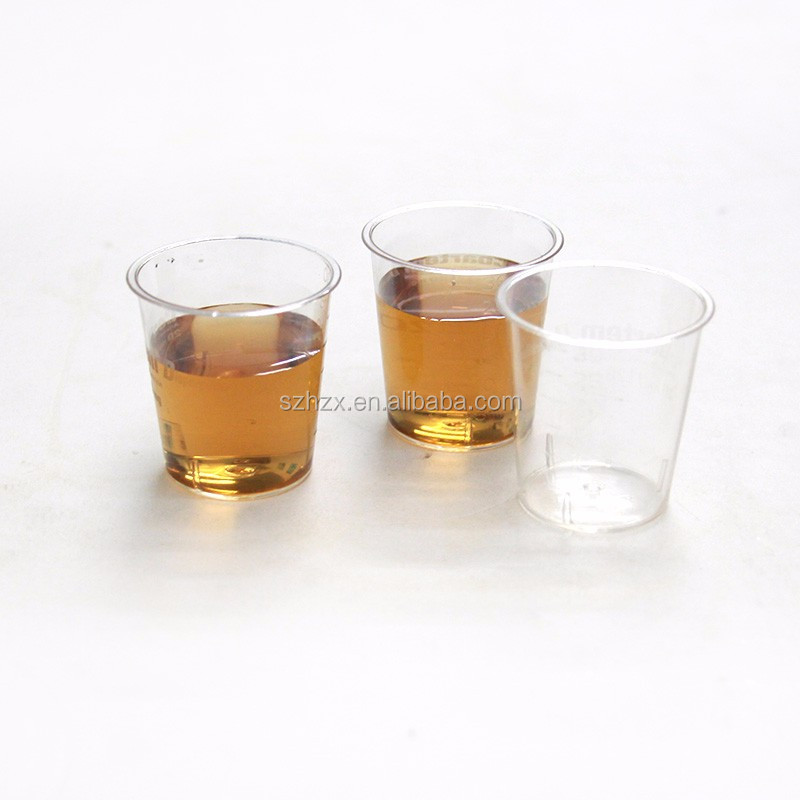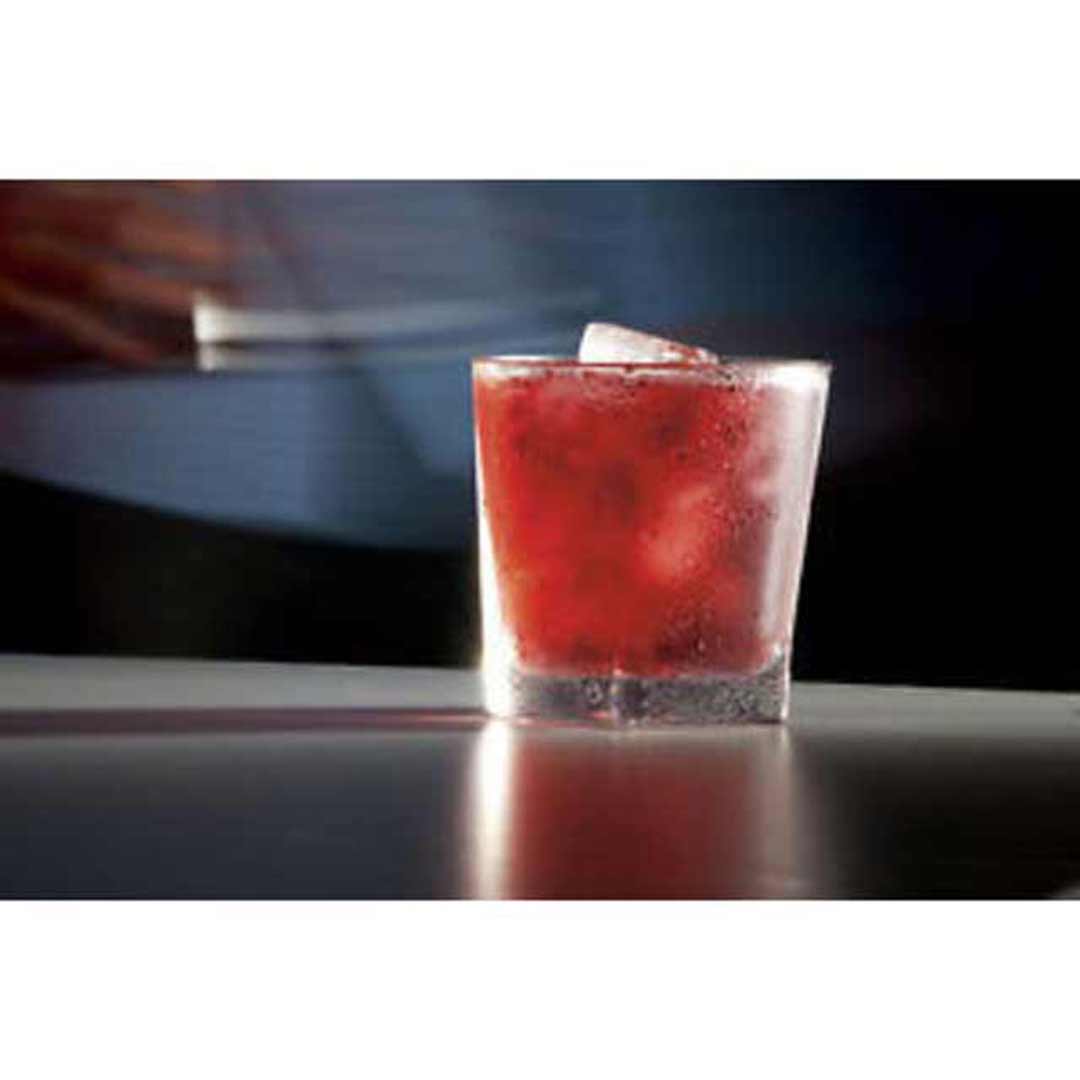

Tulip: Tulip glasses are remarkably similar to snifters save for one defining difference: their stem. That is to say, they’re designed to let whisky breathe and develop its bouquet as you sip. There are a number of variations on this type of glass - including both the Glencairn and NEAT varieties - but they all serve the same basic function. Snifter: This type of glass is characterized by a wide bottom and a slimmer top/opening.

For reference, we’ve outlined the three most popular glass shapes and their purposes below: We can’t tell you which glasses are right for you but pay attention to the smaller details, the purpose of their design, and your own personal tastes and you might just realize that a glass isn’t just a glass - it’s an integral part of what makes a drink worth drinking. Pick the right one and it can elevate the whole experience. Pick the wrong glass and your drinking endeavor might suffer for a litany of reasons.

PLASTIC WHISKEY GLASSES SKIN
In fact, there’s actual definable science behind some of it - like glasses shaped to open up the bouquet of a single malt scotch, those that eliminate the harshness of ethanol evaporating from a spirit, and even ones made to keep the oils on your skin from contaminating your liquor of choice. And each part makes a difference in said experience, including the heft of the glass in your hand, the appearance of the spirit sloshing about, the aromas the drink elicits, the evolving flavors from the moment the drink hits your lips until you swallow it, and - of course - that warm and fuzzy feeling of cultivating the perfect buzz.īelieve it or not, the glassware you choose can make a pretty tremendous difference in all of that. In fact, it’s a complete sensory experience. But a seasoned imbiber understands that having a stiff drink is much more than just a means of getting tipsy. To the layman, a glass is a glass is a glass.


 0 kommentar(er)
0 kommentar(er)
